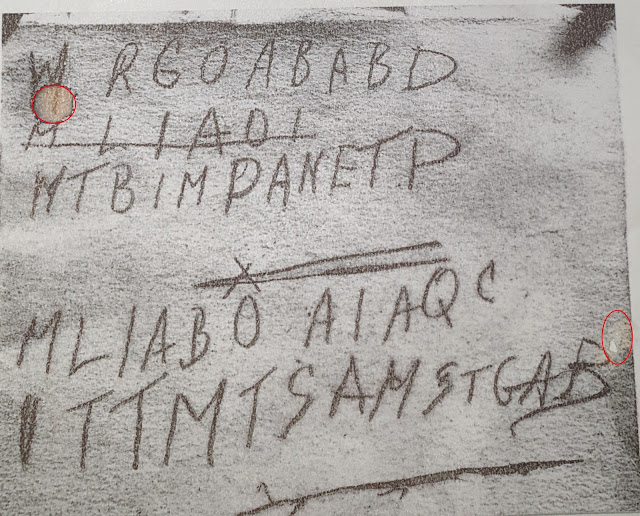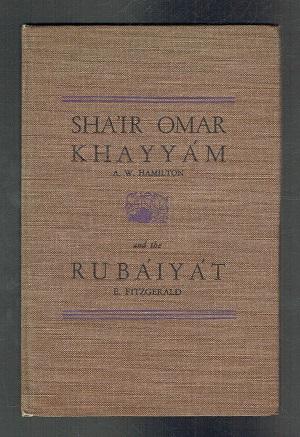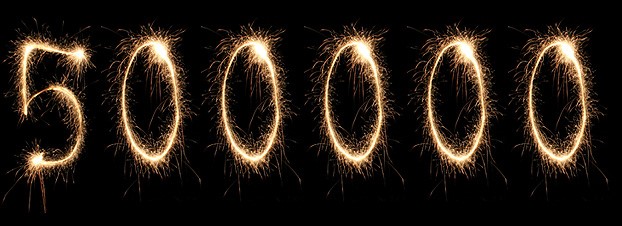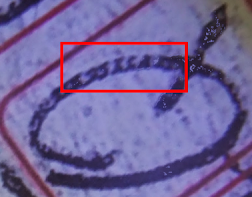THE NOVIKOV CONUNDRUM
WHAT'S IN A NAME?
This newspaper report from December 1st 1948 is quite clear, here we have a photograph of Kirill Novikov, Soviet Ambassador to India, arriving in Sydney for the Lapstone conference. I think that the actual date was 30th November 1948.
(For the record for many years it was thought that Miss Bogotyreva had gone AWOL but we managed to track her down in Canberra in 1949 along with her equally mysterious traveling companion.)
So far so good but, and it's a big BUT, if this was Kiril Novikov the Soviet Ambassador to India, then who was this man in the image below with the same name and title?
Standing to the right of the Indian Prime Minister is Mr. Kiril Novikov in November 1951?
Time for some comparisons first up and below here's a comparison between the man at Sydney for the Lapstone conference and Mr. Nikolai Novikov, a one-time Soviet ambassador to the US. This image was taken from the pic of Nikolai alongside friend Pavel Fedosimov at La Guardia in 1947 (Compiled photograph courtesy of TASS):
Now let's compare Kiril 1948 arriving for the Lapstone conference in the Blue Mountains above to Kiril Novikov 1951 in India:
 |
'Novikov' at Lapstone on the left & a different looking Novikov in India on the right. |
My view is that the Novikov heading for Lapstone is the same Novikov as the one time Soviet Ambassador to the US, known spy, and associate of friend Pavel Fedosimov. Below the comparison is between Novikov arriving in Sydney and Novikov arriving at La Guardia airport in 1947
Now go back to the image at the top of the page, notice what Tatiana is wearing, a nice lightweight frock, and notice what the man just to the right of Novikov is wearing, an open-neck shirt. Now, look at what Novikov os wearing. An overcoat by the looks of it and a scarf. Doesn't ring true and I would suggest that it was a Tass compilation photograph.
Here are more photographs from the Lapstone Conference:
This image on the left purporting to be Kirill Novikov has a noticeable receding hairline and sporting spectacles.
Whereas in the image below he seems to have had hair replacement therapy, no spectacles and a bit of a facelift:

There are more images of Novikiov at Lapstone, they differ from the photo of him on his arrival in Australia.
The one good close up of his face seems to have had an unfortunate accident in the printing process:
Here are more photographs from the Lapstone Conference:
This image on the left purporting to be Kirill Novikov has a noticeable receding hairline and sporting spectacles.
Whereas in the image below he seems to have had hair replacement therapy, no spectacles and a bit of a facelift:

The one good close up of his face seems to have had an unfortunate accident in the printing process:
CONCLUSION
There are a few options as usual. It is clear to me from the photograph, that the Novikov arriving for the Lapstone conference is not the same Novikov who was the Soviet ambassador to India. It is also clear that the Novikov who arrived in Sydney looks very much like La Guardia Novikov. So much so I would put a bob on it.
This is yet another Fedosimov link only this time it's a link to Australia albeit one person removed, so to speak.
The Soviets were very capable of setting up a deception of this nature complete with altered photos and name changes. By the same token, I would be fairly certain that they would not be the only intelligence agency capable of carrying out this kind of operation.
(NOTE: Nikolai Novikov, ex-Soviet Ambassador to the US, was made Personna Non-Grata in the America following his involvement in the Gubitchev/Coplon espionage case. The case though it had plenty of evidence, was kicked out and never went to trial because of a slip up by the FBI in bugging an apartment. The case came to the notice of the FBI courtesy of a 'confidential' informant.)
None of this appeared in the Hemblys Scales report.




















































